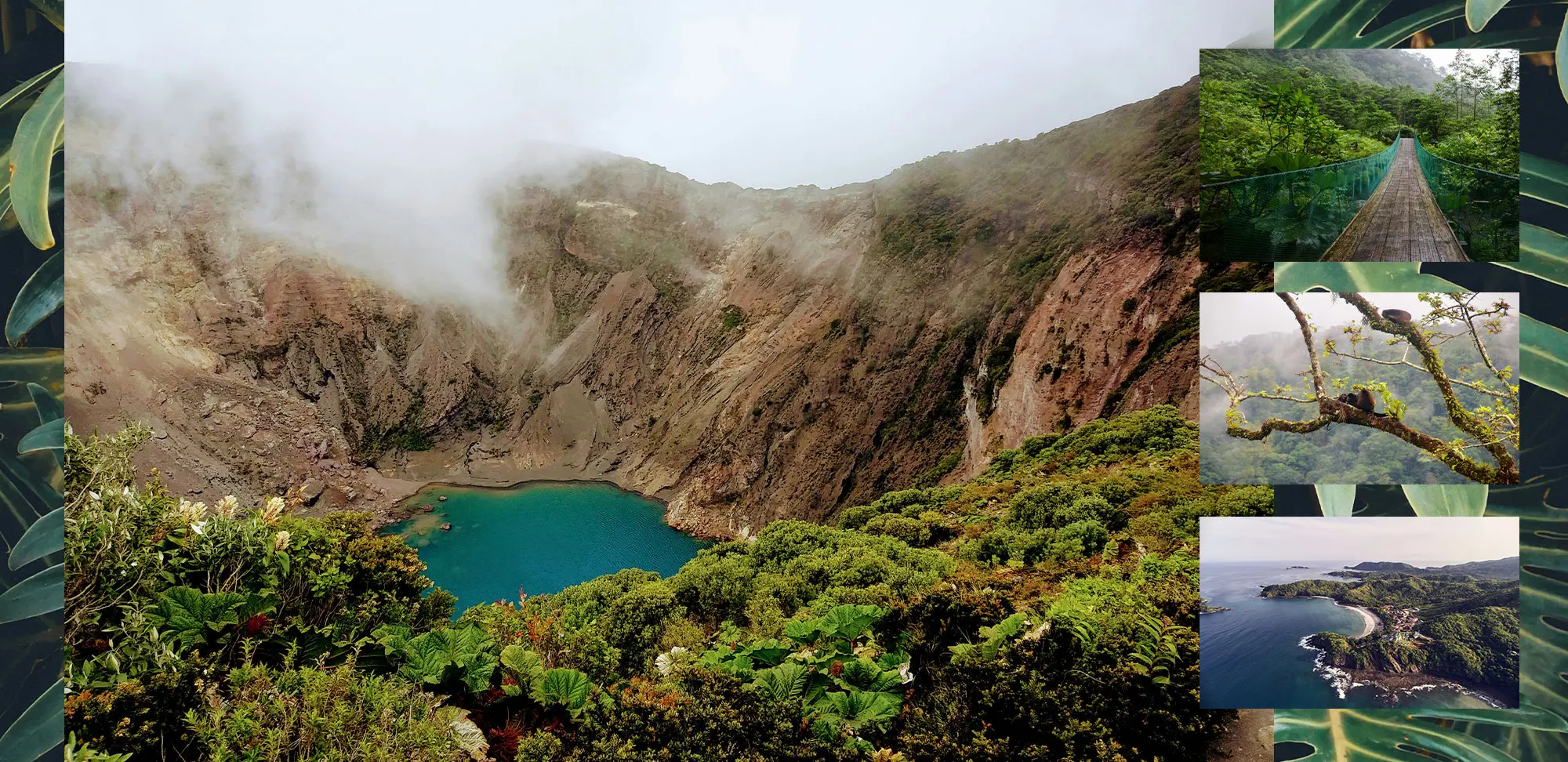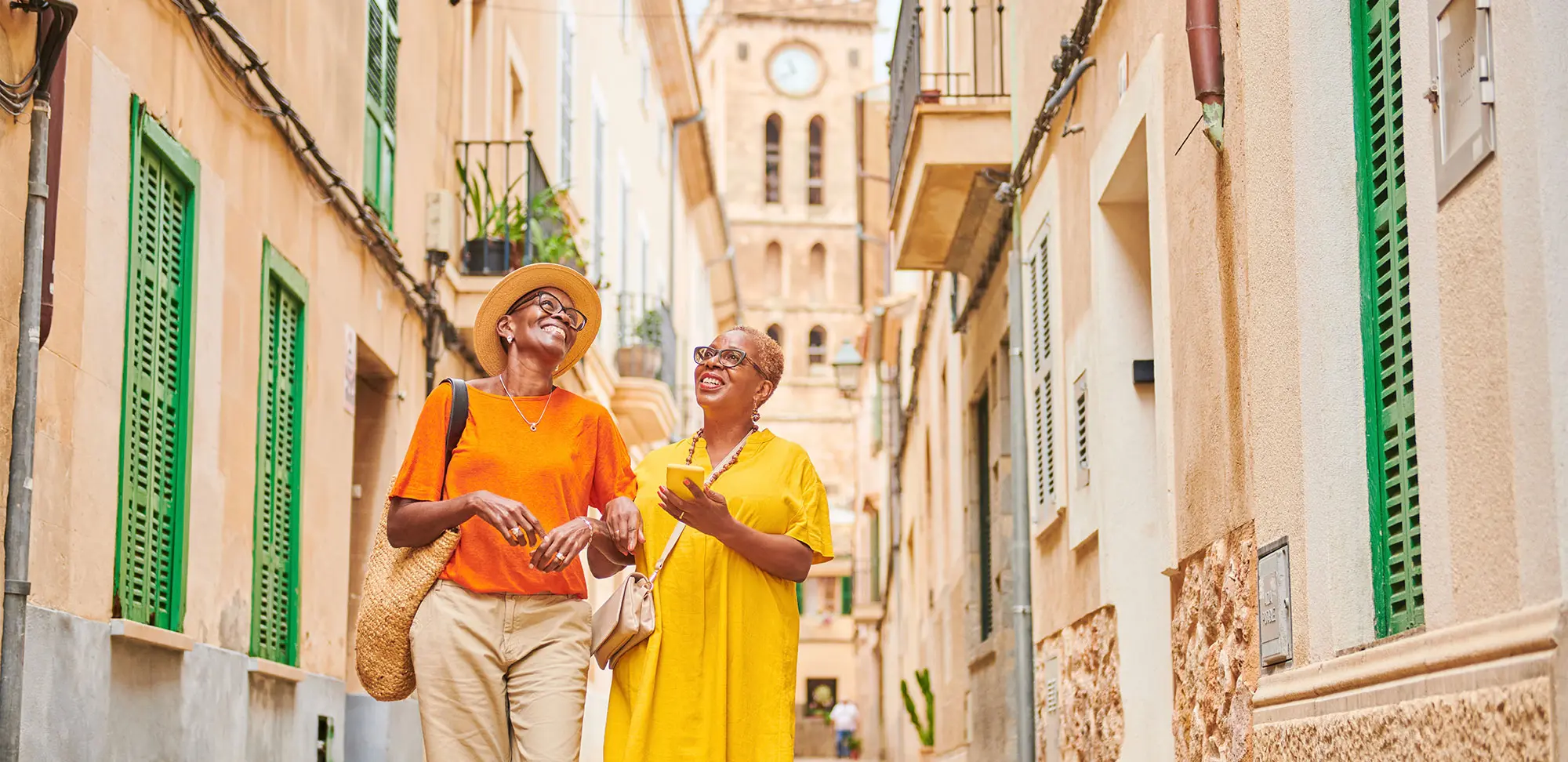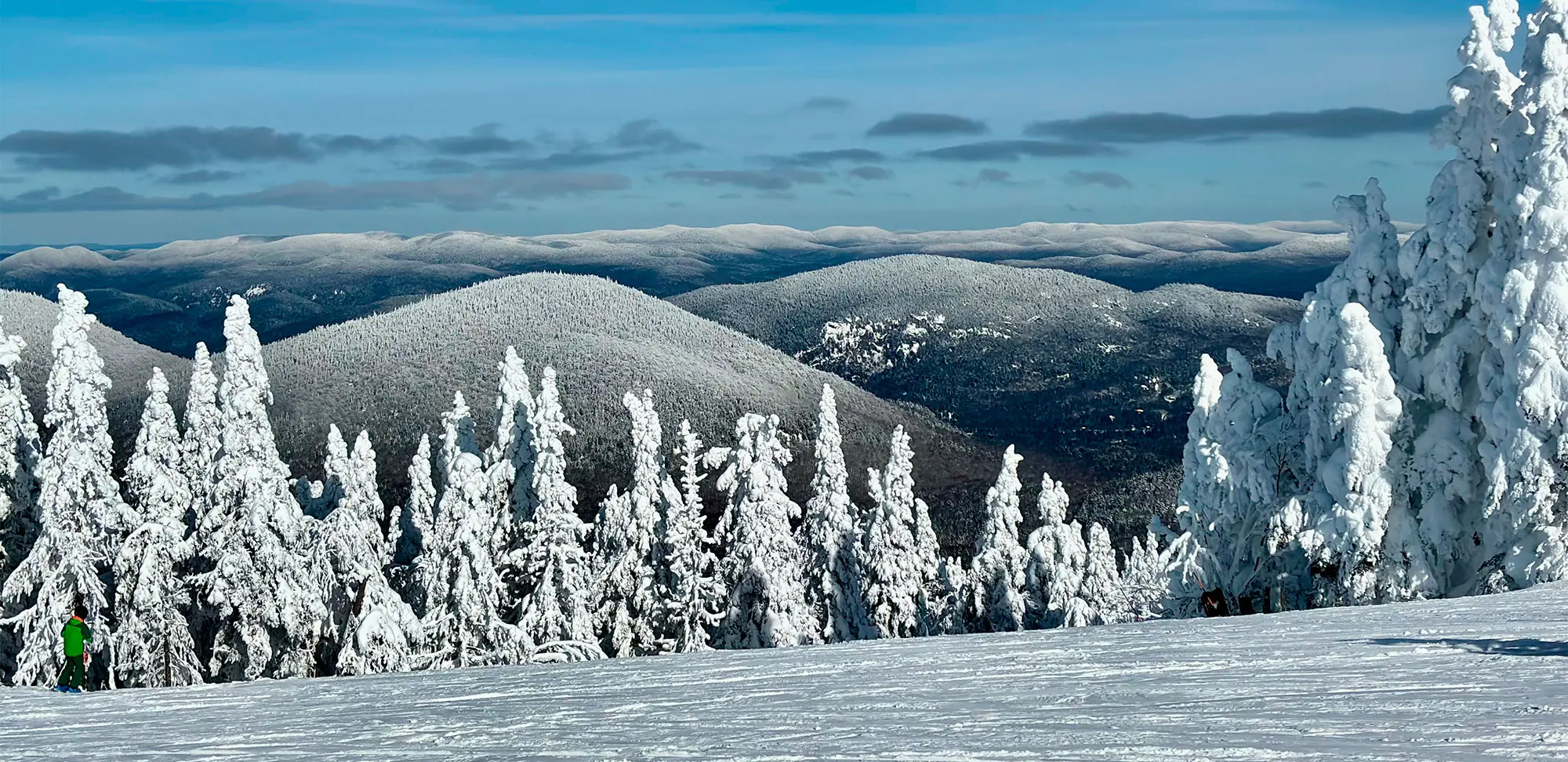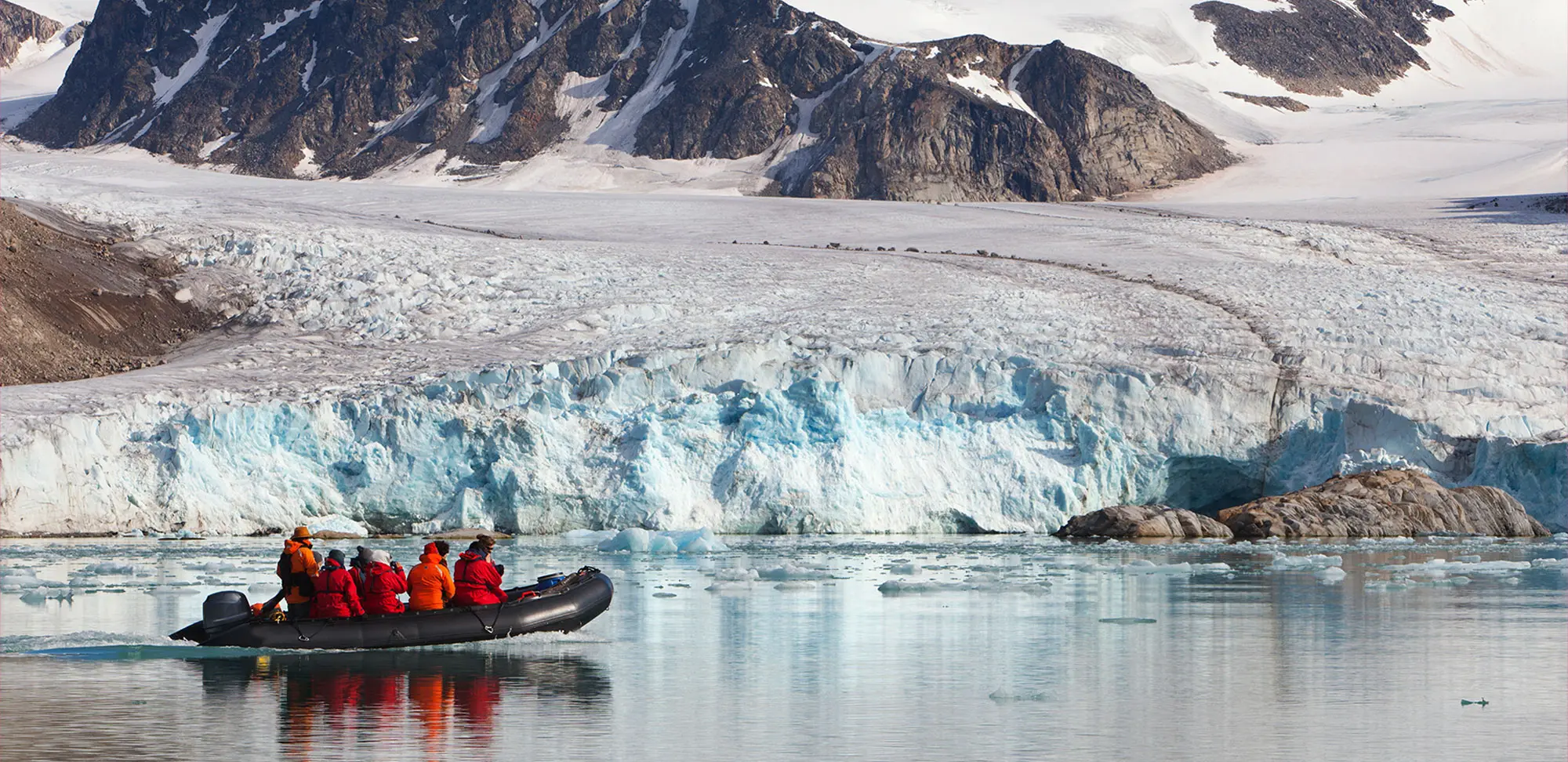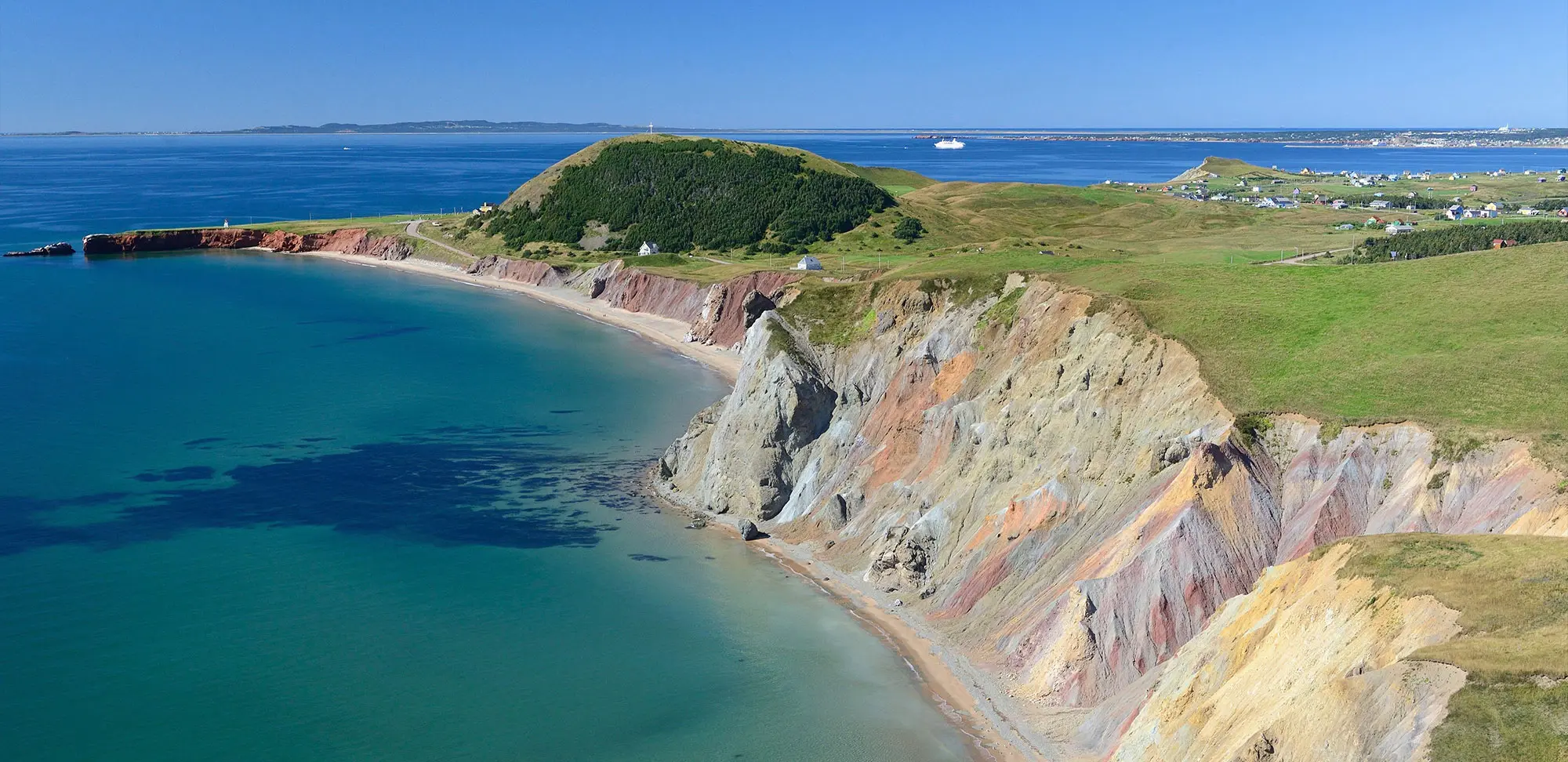PACIFIC BEACH-TOWN BLISS
If beach bumming is on your to-do list, there are ample options, particularly on the Pacific coast in Guanacaste Province. The little beach towns that dot the shoreline are filled with water-sports activities and tours, beach bars to prop up and condos to rent. Health and wellness is a huge part of life in Nosara, an upscale but not fussy community noted for a retired crowd that comes for the range of amenities and the biodiversity.
Taking it up a notch, the pedestrian-only town of Las Catalinas looks like it’s hundreds of years old – and yet it was built in 2006. This compact, walkable town is an example of new urbanism; the design and architecture are focused on community. European and Latin American colonial styles blend around quiet courtyards, stone stairwells, fountains and ivy-covered walls. It’s like a big neighbourhood of stately villas and apartments to rent, plus the central Santarena Hotel – a gathering point. The nearby 400 hectares of protected forest is connected via a single-track trail system, so bring your hiking boots.
THE HEALING POWER OF NATURE
Guanacaste’s Nicoya region is a hub for heading into the rainforest. It’s also one of the world’s few Blue Zones – areas where people seem to live longer, thanks to factors like a vegetarian diet and a focus on community.
Costa Rica’s different ecosystems provide habitats for more than 900 species of birds, many of which are migratory. A visit to Rancho Humo Estancia, a private ecological reserve near Palo Verde National Park, yields dozens of bird species in its surrounding wetlands, including herons, storks, gulls, egrets and ibises. The north of Guanacaste delivers even more ecosystems, along with forest trails, rocky canyons and winding rivers. Tradition rules at places like Hacienda Guachipelin at the edge of the Rincón de la Vieja National Park, a ranch compound noted for its adventure activities like rock climbing, river tubing and horseback riding. This is also where you can take the healing waters of thermal hot springs and spa mud baths at nearby Rio Negro Hot Springs, thanks to a 9,000-year-old volcano.
THE PARKLAND RESERVES
The resort district of Manuel Antonio on the south coast in Puntarenas Province is one of the best-known parts of Costa Rica, popular and safe, with lots to see and do. Visitors enjoy pristine beaches and lush jungle, thick mangroves and countless waterfalls, much of it within Manuel Antonio National Park. The biodiversity of the flora and fauna is not just a catchphrase here: Expect monkeys, sloths, coati, armadillos, deer, iguanas and so many exotic birds like toucans and macaws they will seem commonplace.
The town of Quepos is the hub, with its own airport if you don’t plan to drive the three hours south from San José. Lots of little red taxis can get you from point A to B. When you’re not lying in a hammock or sipping a fruity drink at one of the numerous beach bars, you’re out sailing and snorkelling, hiking or ATVing through the jungle, kayaking or boating – maybe even skydiving! Excursions can also include a visit to the Greentique Wildlife Refuge to see its butterfly atrium and crocodile lagoon, or to Tortugas de Isla Damas to assist with the release of baby sea turtles.
THE CARIBBEAN LIFESTYLE
The east coast of Costa Rica is the real jungle deal, Limón Province dishing up authentic rainforest experiences and incredible beaches where development is restricted, promoting a very natural environment. The community of Limón – also sporting its own airport – comes through with Afro-Caribbean cultural heritage and a laid-back surfing vibe. Be warned that there is more rainfall and humidity here, with the driest months being February, March, September and October.
Visitors to the town of Cahuita on the Caribbean coast will find almost 250 hectares of coral reefs teeming with more than 400 species of fish. Hike in the mountains at nearby Cahuita National Park and see monkeys, sloths, birds and more. A trip north to Tortuguero National Park brings a nighttime turtle-egg-laying experience. Puerto Viejo, right on the beach, offers great live music, plenty of adventure activities and lots of water sports. And just north of the Panama border, Punta Uva, undeveloped on purpose, is home to rare butterflies, soothing waterfalls and a jaguar rescue hospital.
